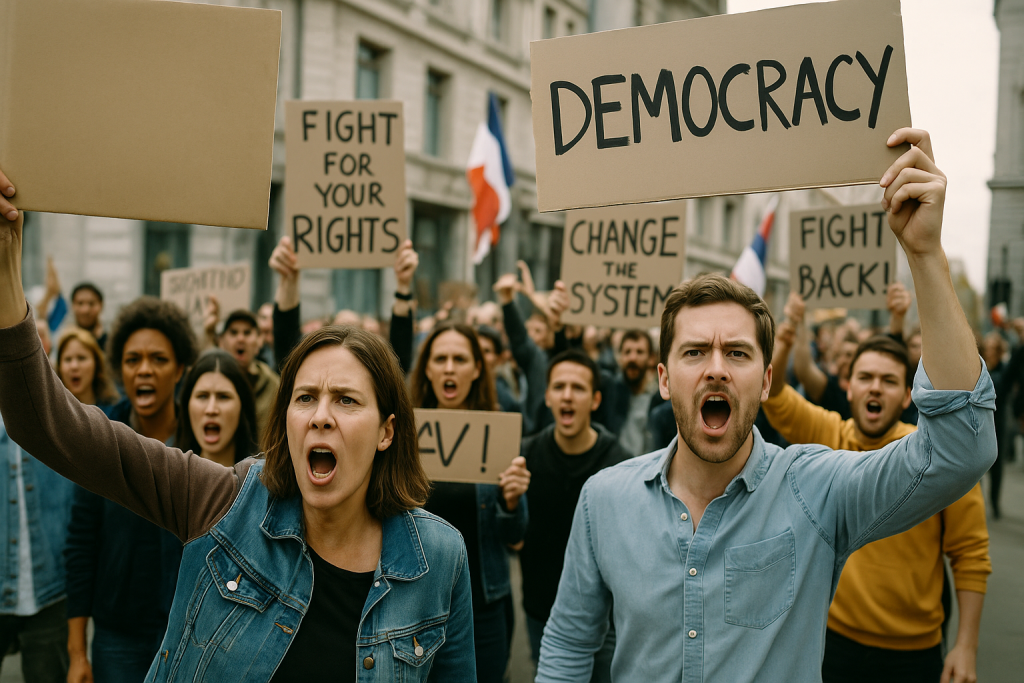Artificial Intelligence used to be a buzzword — something from tech blogs or sci-fi movies. But now, it’s everywhere. It writes emails, filters job applications, powers customer service, helps in hospitals, and even makes music. The speed at which AI is advancing has surprised even the people building it. The problem? Laws, ethics, and public understanding haven’t kept pace.
All around the world, governments are trying to figure out what to do. Some are proposing new rules. Others are warning about risks. A few are already using AI in policing and surveillance, raising serious questions. The big challenge isn’t just building smart systems — it’s making sure we stay in control of them.

We built something powerful — now what?
The tricky part about regulating AI is that it doesn’t stay still. The technology that was impressive last year feels basic today. Systems that once needed teams of developers can now be used by anyone with a laptop and internet. That makes it accessible, but also unpredictable.
Countries like the U.S., members of the EU, and others in Asia are all drafting policies — some more aggressive than others. But there’s no agreement on the big questions yet. Who’s responsible when AI causes harm? Should machines be allowed to make legal or medical decisions? How do we stop deepfakes and algorithmic bias from spreading?
Right now, a lot of the rules are still suggestions. There’s talk of “ethical frameworks” and “guiding principles,” but very few actual laws. And when big companies push back — worried about restrictions — governments often hesitate.
Ethics isn’t one-size-fits-all
What’s considered acceptable AI use in one country might be banned in another. In some places, AI surveillance is normalized. In others, it sparks outrage. Cultural values, political systems, and public trust all shape how people view this technology.
For example, using facial recognition in schools has been banned in parts of Europe, but expanded elsewhere. Some courts use AI to help with sentencing — but critics say it can reinforce old biases. Without clear oversight, AI risks repeating the same unfair patterns it was trained on — but faster, and harder to detect.
And then there’s the issue of transparency. Most people don’t know when an AI system is involved in something — let alone how it works. That gap between use and understanding is growing. And in a world where decisions can be automated, that’s a dangerous thing.
Moving forward — fast, but carefully
Despite all this, it’s not about fear. AI can be helpful, even life-changing, when used well. Doctors using AI to catch early signs of illness. Students learning better with personalized help. Small businesses saving time with smart tools. But it has to be built with care.
The world doesn’t need to stop innovation — it just needs to slow down long enough to ask the right questions. And more importantly, to answer them with action, not just promises.
Because once the technology is everywhere, it’s no longer about what it can do. It’s about what we’ve decided we’ll allow it to do.


